Is there anything more rewarding than tending to your backyard garden? Sadly, getting your hands dirty in the muddy soil may not be a viable option while the weather is still at its most unpredictable. But don’t despair; indoor gardening is a fantastic way to get your gardening fix no matter how dreary the weather.
DO: Choose the Appropriate Plants
While your local garden centre may offer a variety of plants that catch your eye, there are some factors you should consider when choosing which seeds will bloom and blossom under the constraints of indoor gardening.
It’s never been easier to determine which plants are best acclimated to indoor growth. There are a number of elements that distinguish indoor-appropriate plants from the outdoor varieties that grow in the company of waterproof patio furniture covers.
For instance, plants that are poisonous to animals such as asparagus fern, dumb cane, and Easter lilly aren’t safe if you have pets around, while high maintenance options like ficus trees or a Boston fern require very specific environments that can’t be adequately fostered inside your home.
Instead, opt for low-maintenance herbs, flowers, and vegetables that are properly suited for indoor conditions and won’t cause harm to pets.
- Herbs: parsley, chives, oregano, lavender
- Flowers: begonias, roses, petunias, marigolds
- Vegetables: carrots, onions, kale, peppers
DON’T: Water Willy-Nilly

Regular watering is the cornerstone of successful, healthy houseplant growth. But there’s more to watering than meets the eye, especially if you have a wide variety of plants growing in your indoor garden.
Because indoor plants are sequestered away from the outside world and the natural moisture of rain, they require a stringent watering schedule in order to stay healthy. Keep an eye on soil moisture levels, leaf color, and rate of your plant’s growth as solid indicators of whether or not it is receiving the right amount of water.
And while logic may dictate that you should constantly be watering, overwatering can quickly lead to dead houseplants. Do some research to see how frequently your particular plants need a drink. You may be surprised at the results. For example, plants in the succulent and cacti family only require a few drops of water on a weekly basis to thrive.
DO: Let the Sunshine In

In order to photosynthesize and thrive, indoor plants need just the right amount of natural light. And because every plant is as unique as a custom made coffee table cover, special care should be taken when deciding how and where to provide some sun.
Indoor plants are categorized by how much natural light they require: direct light (6 hours), indirect light (4 hours), and low light (keep away from direct sun). Be sure to choose plants that are best suited to your home’s natural light availability as well as seasonal patterns; sunlight is sparse in the winter months when your solar shades are pulled down to insulate your home.
If you have a balcony, terrace, veranda or any other outdoor living area that could work with a little ingenuity, clear outdoor vinyl curtains can be added to allow plenty of sunlight while also protecting your plants from the harsh winter weather.
Windows are a plant’s best friend when it comes to soaking up the sun. Break out a compass to determine which windows will work best for each plant: East and North facing panes receive less direct light, while the West and South varieties let in ample amounts of sunshine.
DONT: Plant in the Wrong Pots

With your indoor plants growing far from their usual in-ground environment, ensuring they grow in the proper containers helps to encourage them in their indoor home. There are plenty of containers to choose from, but not all of them are suitable to support your seeds.
Planter types are as varied as outdoor tarp sizes, and it’s likely that each of your indoor plants will need its own unique container. There are three critical features to consider when selecting a container:
- Size: A solid rule of thumb to go by for sizing is to choose a pot that is 2.5-5 centimeters larger in diameter than the current size of the plant, or the projected size if you are starting from seed. Keep in mind that re-potting may be a possibility in the future.
- Material: Plastic planters are praised for their ability to retain moisture, allowing you to water less. Terra cotta pots dry out quickly and work great for low-water plants like cacti.
- Drainage: When watering, the last thing you want is for excess water to pool at the bottom of your plant, which is why a drainage hole is so important for healthy growth. Place a plate or one of the smaller tarp sizes underneath your containers to soak up the excess water.
DO: Stick With Healthy Soil

The importance of soil can’t be overstated when it comes to keeping your indoor garden healthy. Unlike regular old “dead” dirt, soil contains live organisms and nutrients that support plant life. A quick trip to the garden centre will help you get your soil fix without having to venture outside and dig in the backyard.
If you choose to use soil from your yard, use your coffee table cover as a staging area. It will make the task at hand far more manageable and will ease in the cleanup by centralizing the mess in one easy-to-wash place. Waterproof patio furniture covers are also a great option to use a staging area. When finished you can give them a watering from the hosepipe afterwards.
We recommend using organic soil that’s free of preservatives and synthetic chemicals in your indoor garden. The same goes for fertilizer, which should be added to the soil periodically for an extra boost of nutrients that encourages healthy plant life. You can even go the eco-friendly route and make your own liquid fertilizer.

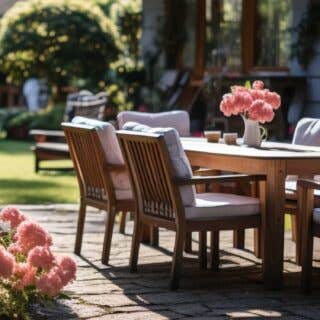
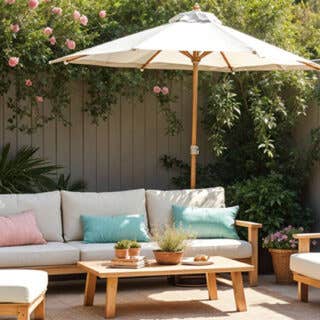
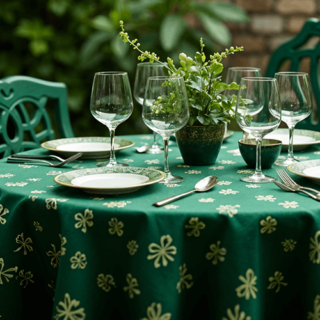


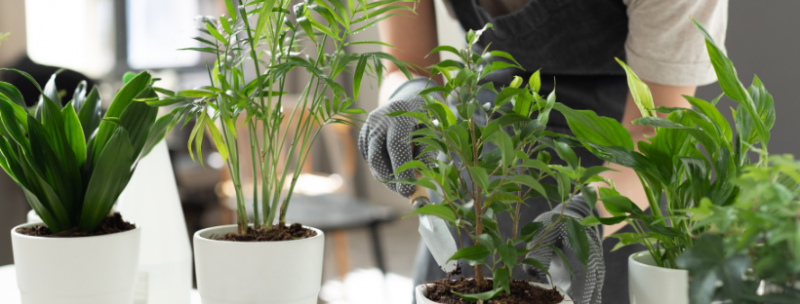

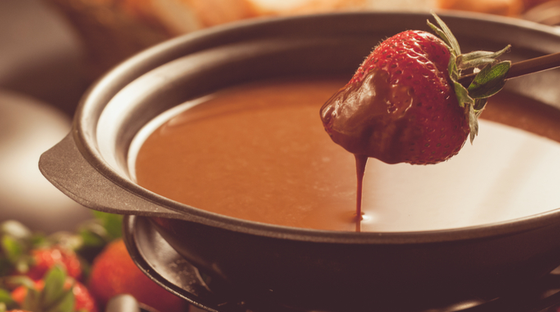
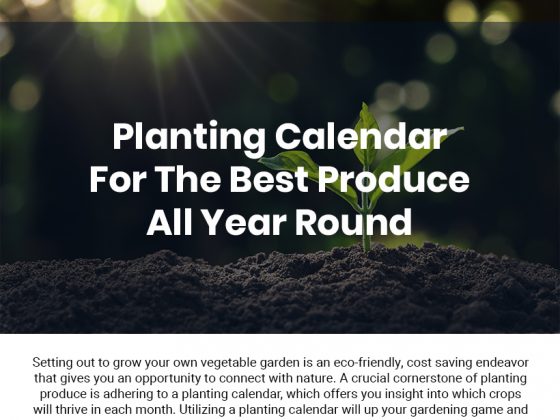
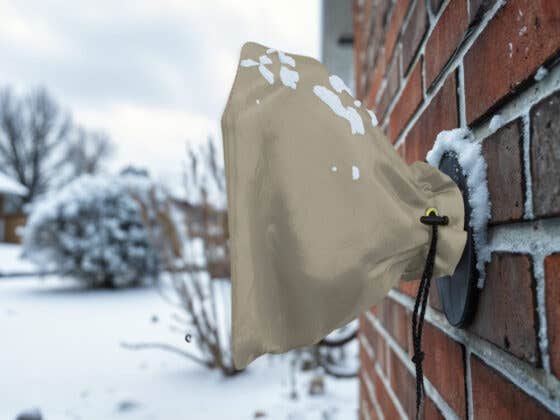

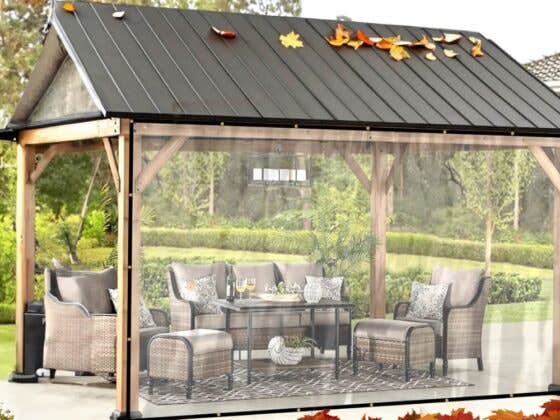
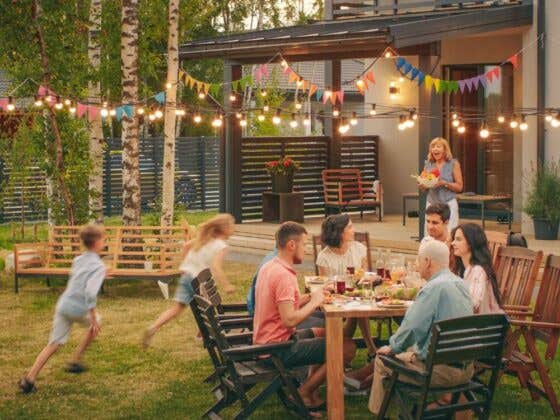

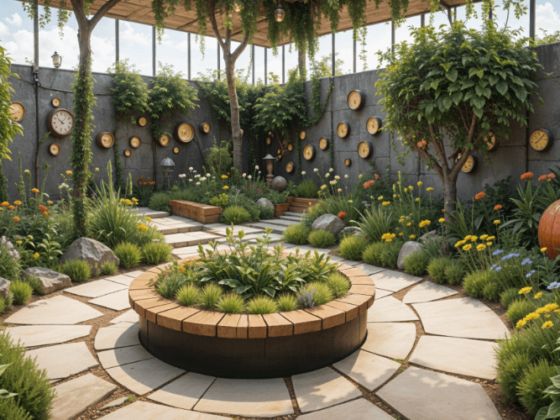
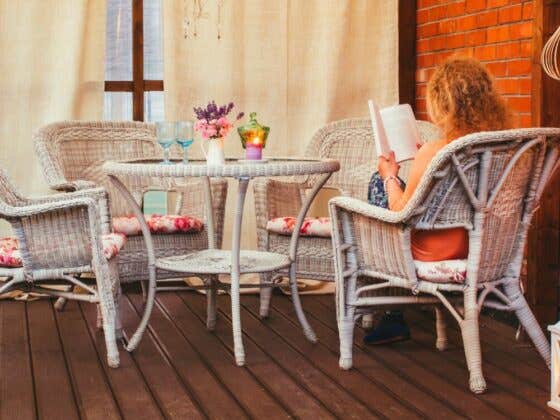
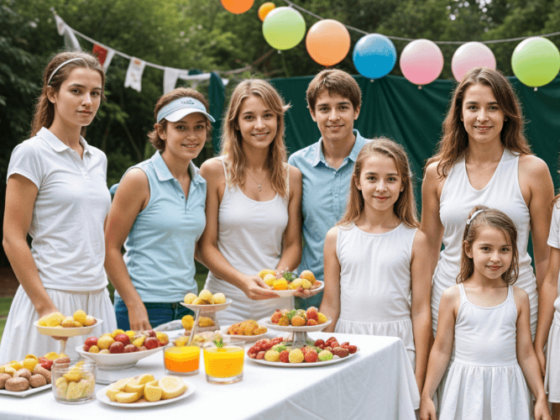
Recent Comments